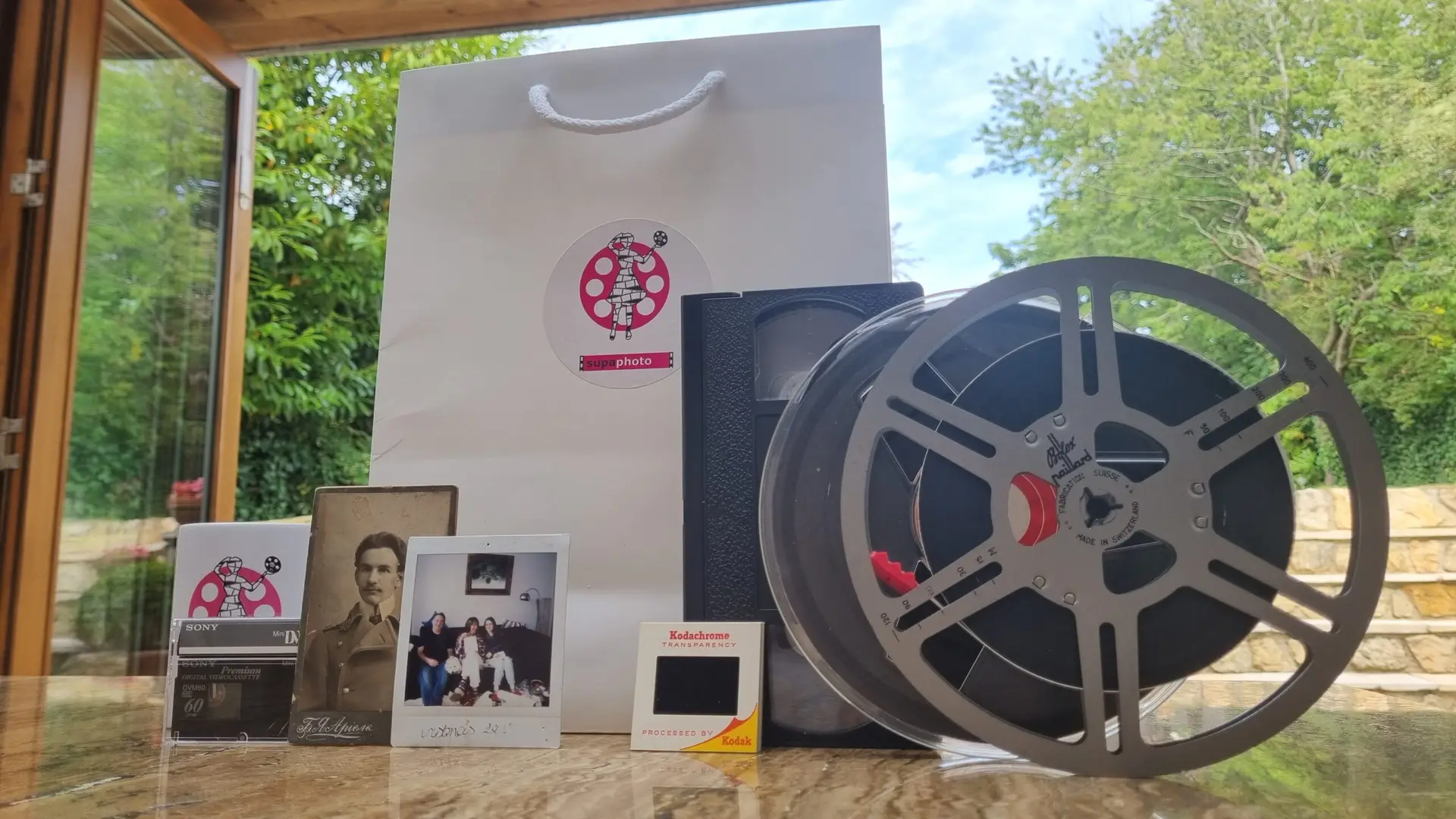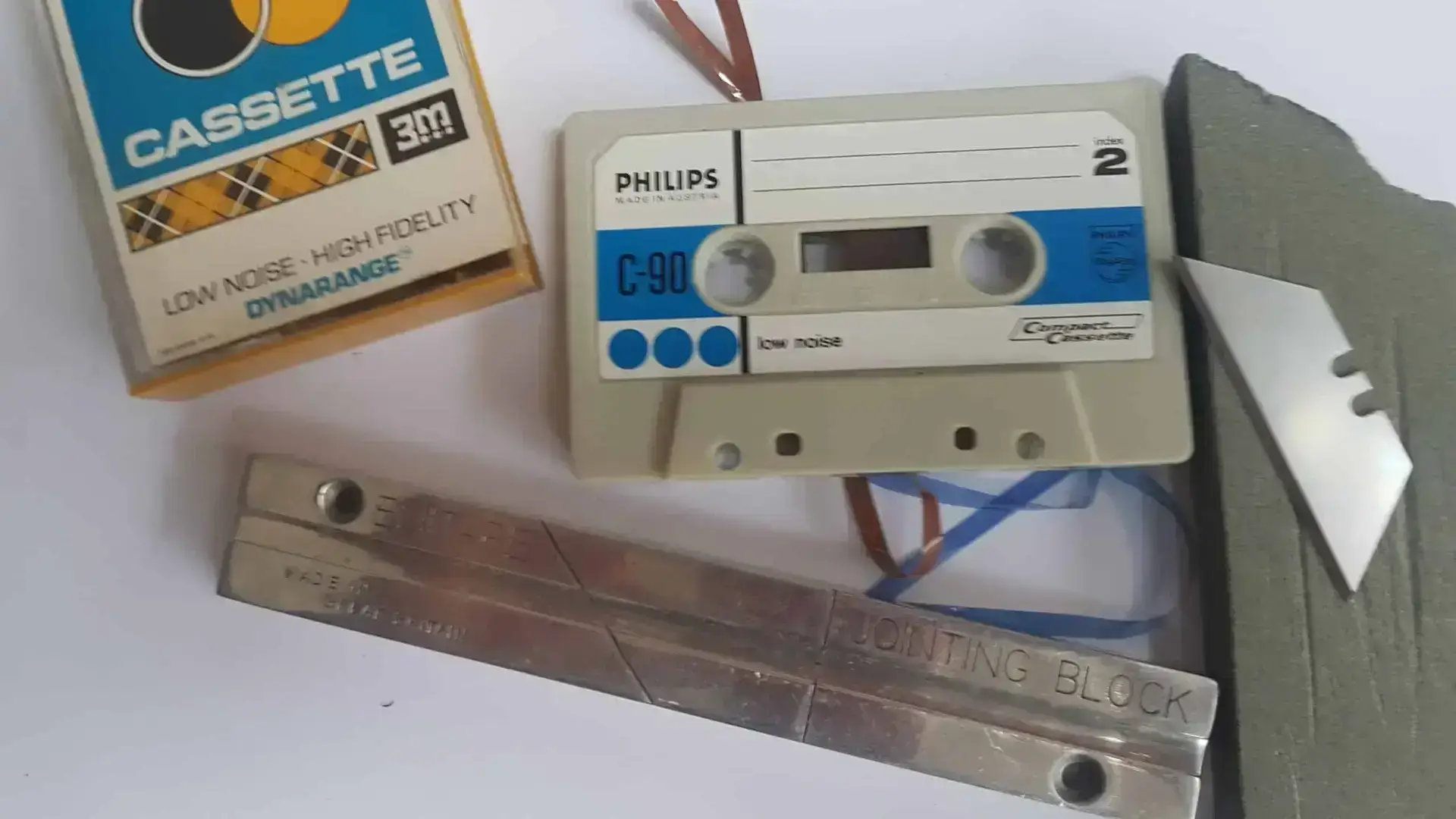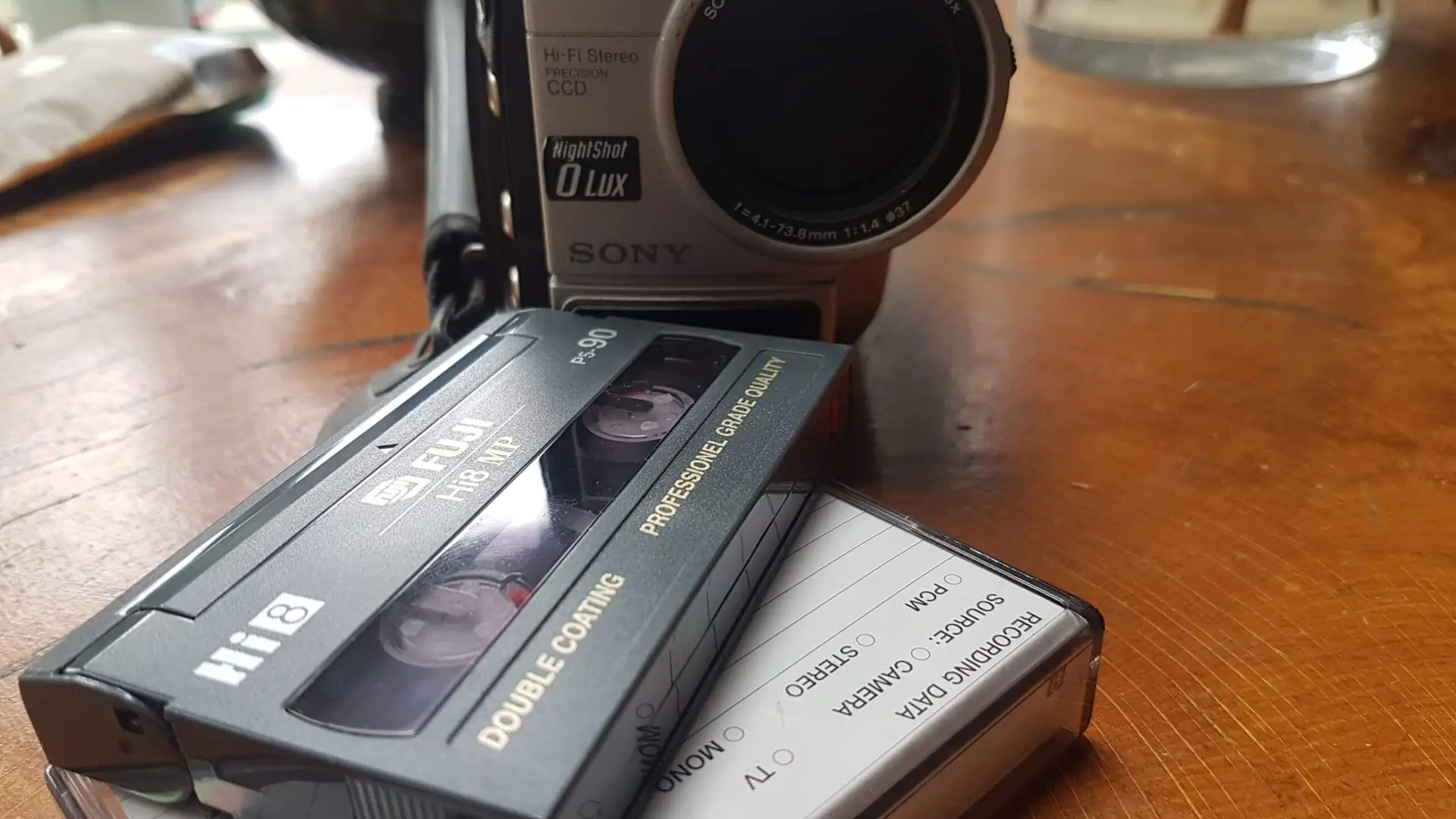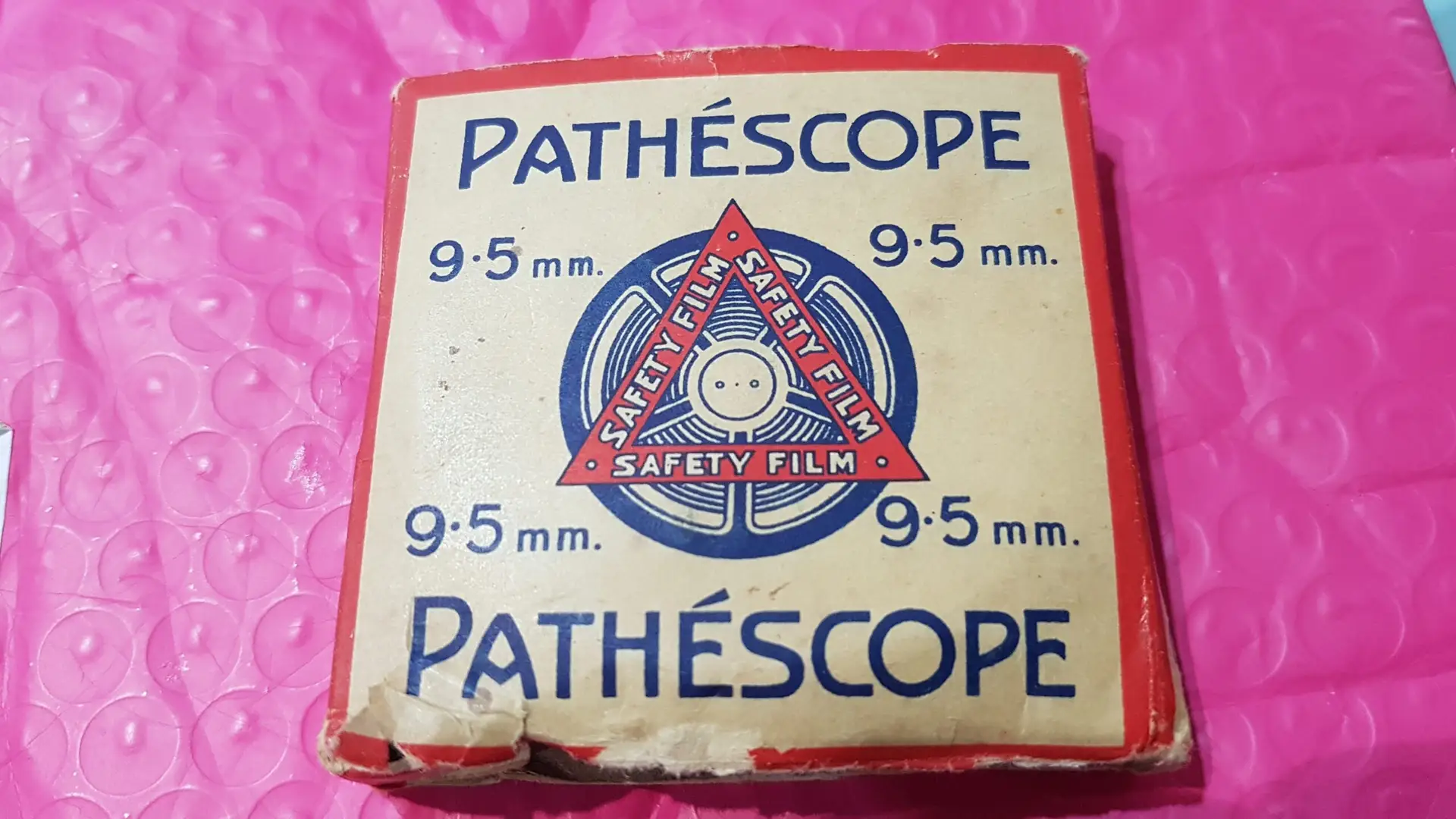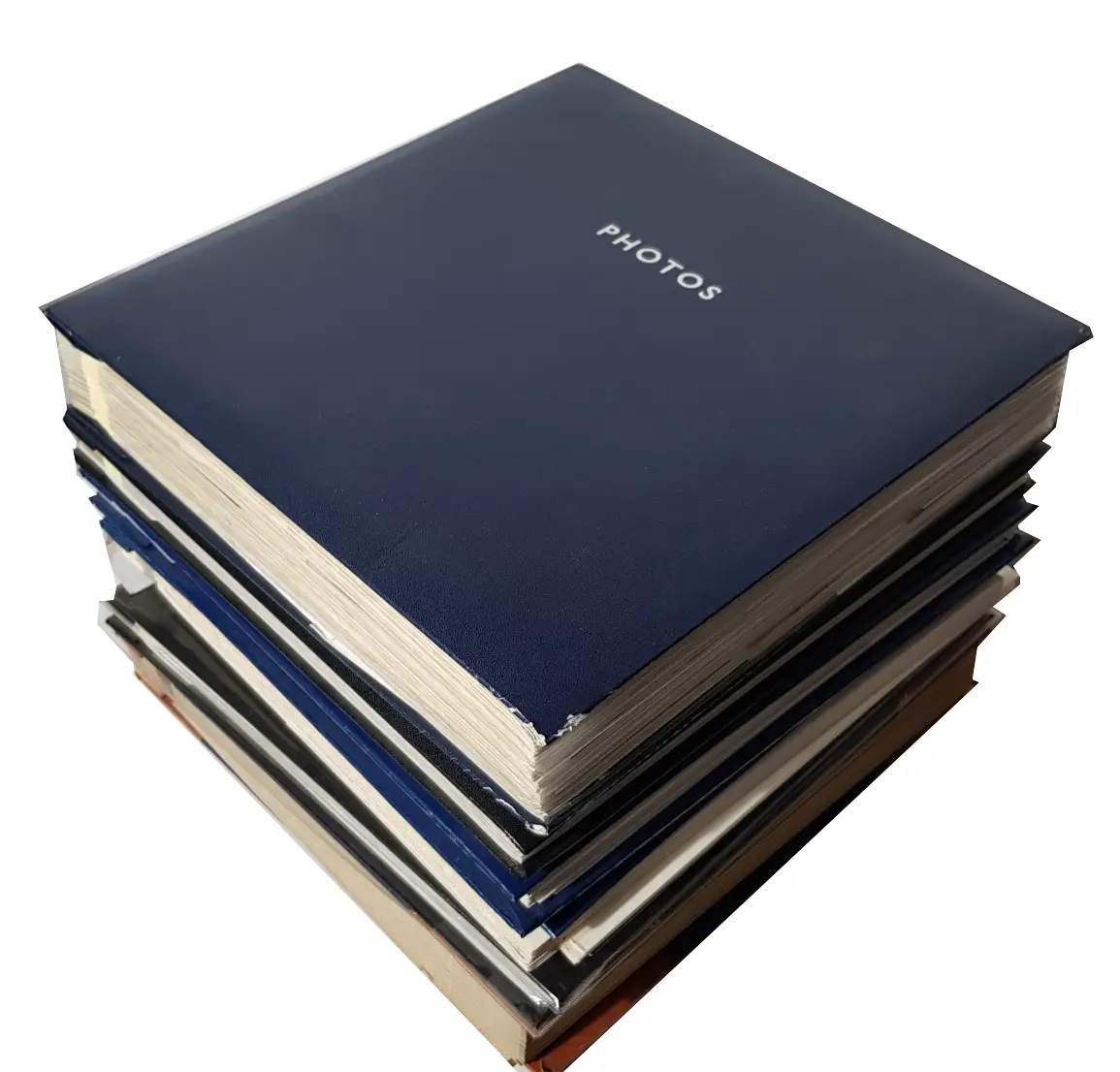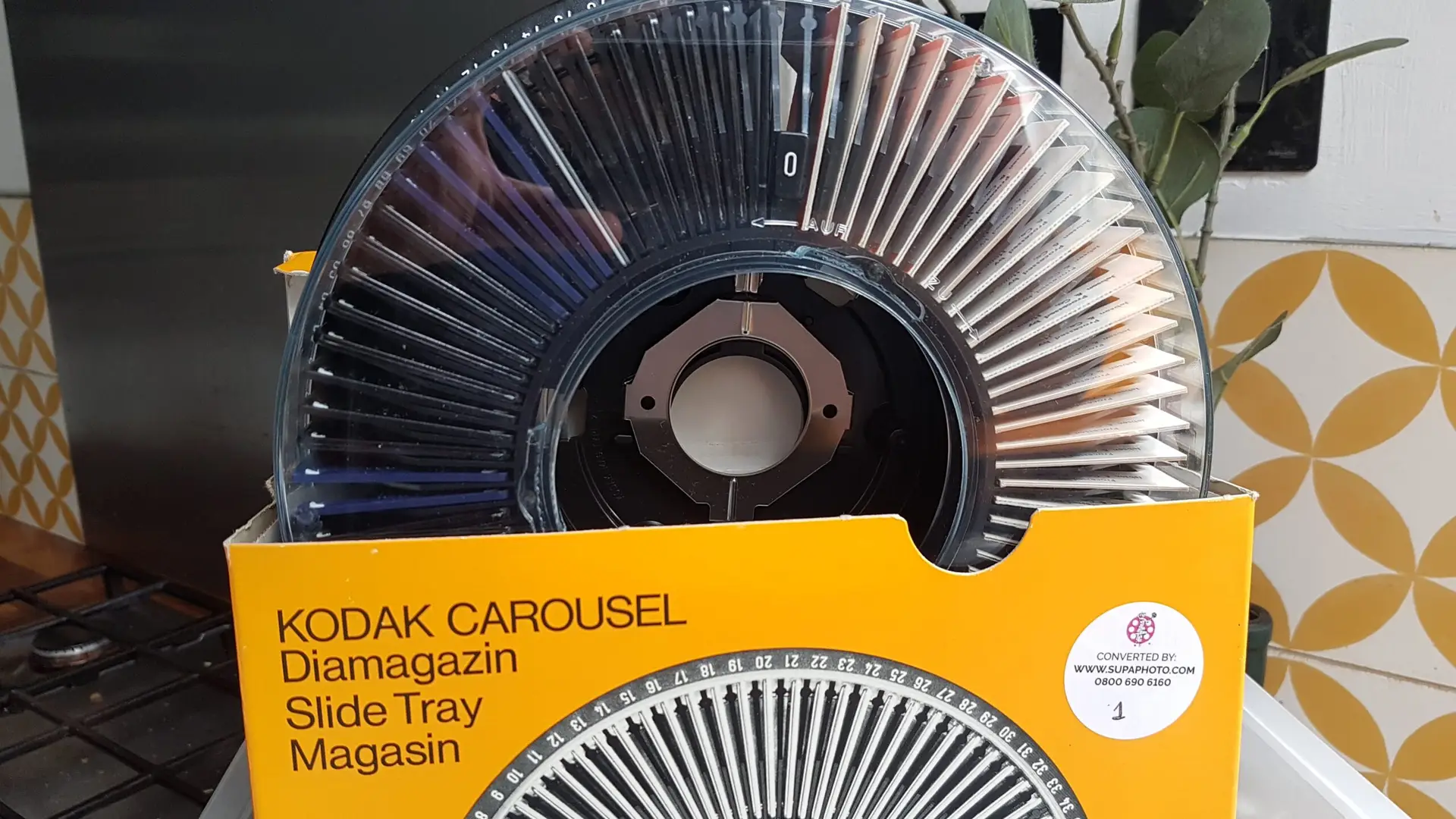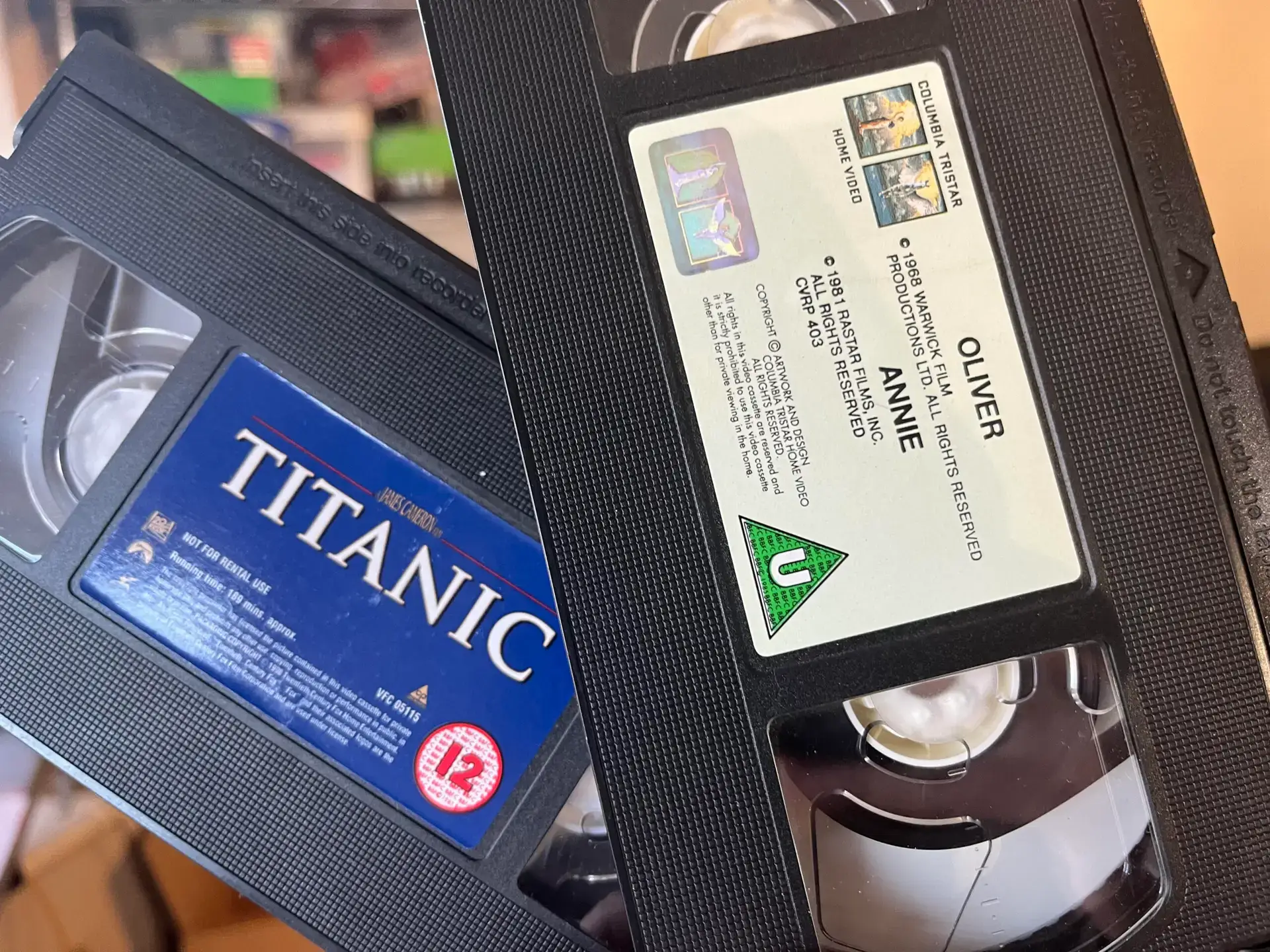The historical evolution of video tape formats has been integral to the development of visual media, from home recordings to professional filmmaking. Let’s delve into the key video tape formats, exploring their features and significance.
1. VHS (Video Home System):
Introduced in the late 1970s, VHS quickly became the predominant consumer video tape format. With a half-inch magnetic tape housed in a cassette, it offered standard resolution and variable recording durations ranging from 2 to 6 hours.
Pros: Widely adopted, easily accessible equipment.
Cons: Limited resolution compared to later formats.
2. Betamax:
Sony’s Betamax, introduced in the mid-1970s, competed with VHS but eventually lost the format war. Despite providing higher video and audio quality, Betamax suffered from shorter recording times.
Pros: Higher video and audio quality compared to VHS.
Cons: Shorter recording times, less content availability.
3. S-VHS (Super VHS):
S-VHS, an enhanced version of VHS, offered improved resolution and colour accuracy. However, it did not achieve widespread adoption, primarily due to the dominance of VHS.
Pros: Enhanced image quality.
Cons: Limited adoption, not as widely supported.
4. VHS-C (VHS Compact):
VHS-C emerged as a compact version of VHS designed for camcorders, maintaining comparable resolution. However, it required an adapter for standard VHS players.
Pros: Compact size, convenient for camcorders.
Cons: Requires an adapter for standard VHS players.
5. 8mm Video Formats:
Introduced in the late 1980s, 8mm formats like Video8 and Hi8 gained popularity for camcorders, offering compact size and improved image quality. These formats were widely used for personal and amateur videography.
Pros: Compact size, improved image quality.
Cons: Gradual decline with the rise of digital formats.
6. MiniDV:
In the late 1990s, MiniDV revolutionised consumer and prosumer videography. This digital format used compact cassettes, providing higher resolution, digital quality, and resistance to tape degradation.
Pros: Digital tape is less prone to degradation.
Cons: Declined with the advent of digital memory-based recording.
Conclusion
The transition to digital and solid-state recording technologies has since reshaped the landscape of videography and filmmaking. Today, memory cards, SSDs, and non-tape-based media are the predominant choices, marking a departure from the historical dominance of video tape formats. Understanding this technological journey is essential for appreciating the transformation of visual storytelling over the years.


